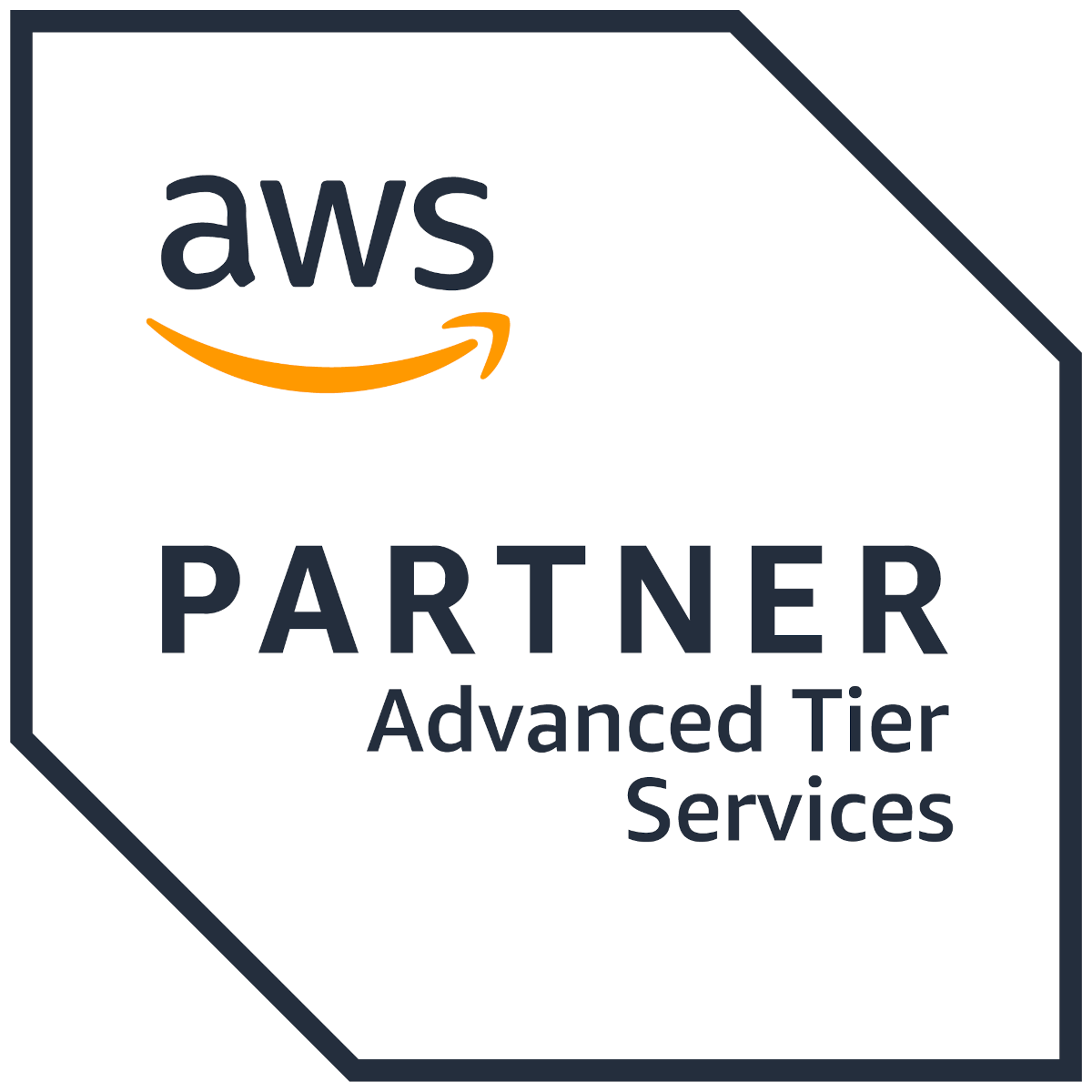When white, puffy clouds cross the sky, it’s a beautiful day. But when they gather on the surface of the sea, ships find themselves shrouded in blinding fog.
But what if there was a cloud that could create greater visibility instead of making your operations and navigation more challenging? A cloud that could contribute significant cost savings and higher efficiency. The clouds in this case, of course, are the on-demand IT resources provided by companies like Amazon Web Services (AWS) and Microsoft Azure, providing access to applications over the internet without the need for internal infrastructure or hardware.
Limitless Computing, Limited Cost
From checking email to collaborating on documents, many people today use some form of cloud services throughout the workday, whether they’re aware of it or not. In fact, more than 90% of enterprises today use the cloud for some of their computing. This fully managed, scalable and pay-per-use solution takes away the complexity and cost of managing on-premises IT. In addition to your own applications, cloud providers host thousands of applications across multiple industries, and their capabilities can provide actionable knowledge on demand. One example is Marine Desk, which offers a bidding platform on AWS to help ship owners get competitive prices on bunker fuel from agents at ports around the world.
Cloud computing also provides end-to-end visibility and proactive control of transportation and logistics through the application of AI. The Ocean & Sea Ports Master Database on AWS, for example, is a clean and validated data set of global ocean, sea and inland ports, which is widely used across the shipping industry’s Enterprise resource planning (ERP) integrated business management systems. Other applications accurately forecast vessel ETAs, enable voyage optimization and improve utilization of workers and assets.
The cost-saving opportunities are just as real. Companies including Matson, Seaco and Deutsche Bahn moved their IT workloads to the cloud and achieved savings just on IT budgets of up to fifty percent.
How to Adopt the Cloud
Speedcast was the first satellite service provider in the world to achieve Advanced Tier Services status with AWS. Ship owners and managers trust us to guide their entry into the cloud because we have been building cloud applications since 2014. Our award-winning SIGMA platform is hosted on the cloud, together with critical applications that control our networks. To do that, we put in the time to weigh the benefits and costs, train our people and re-code applications to optimize them for the cloud. So, when we take customers on a cloud voyage, it is to a port we know well.
Speedcast is also one of the world’s biggest providers of maritime connectivity, with more satellite capacity in more places than anyone else. What’s more, as the new generation of LEO satellites enter service, we will be adding even more capacity. We understand both the challenging business of merchant shipping and the huge benefit that the right connectivity and IT solutions can contribute. That’s why customers are turning to us in increasing numbers to integrate cloud services into their operations on land and sea.
Source: AWS

If you’re ready to clear the fog from your fleet and logistics operations, contact a Speedcast Cloud expert today or learn more about our cloud services here.



























